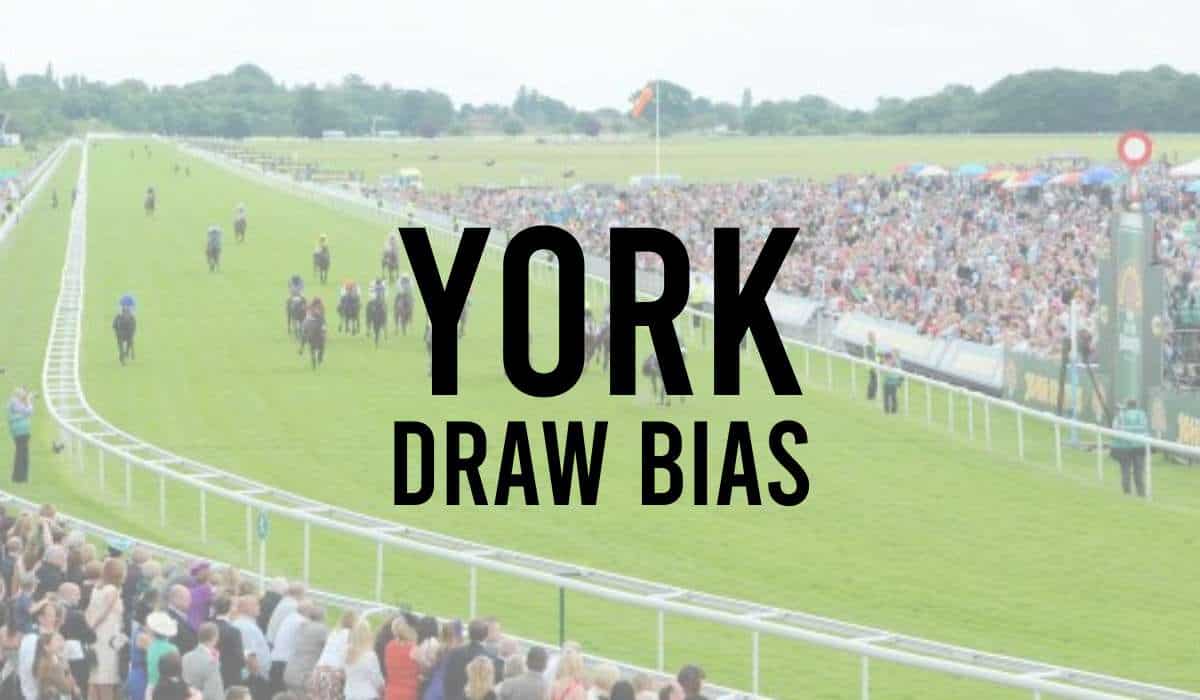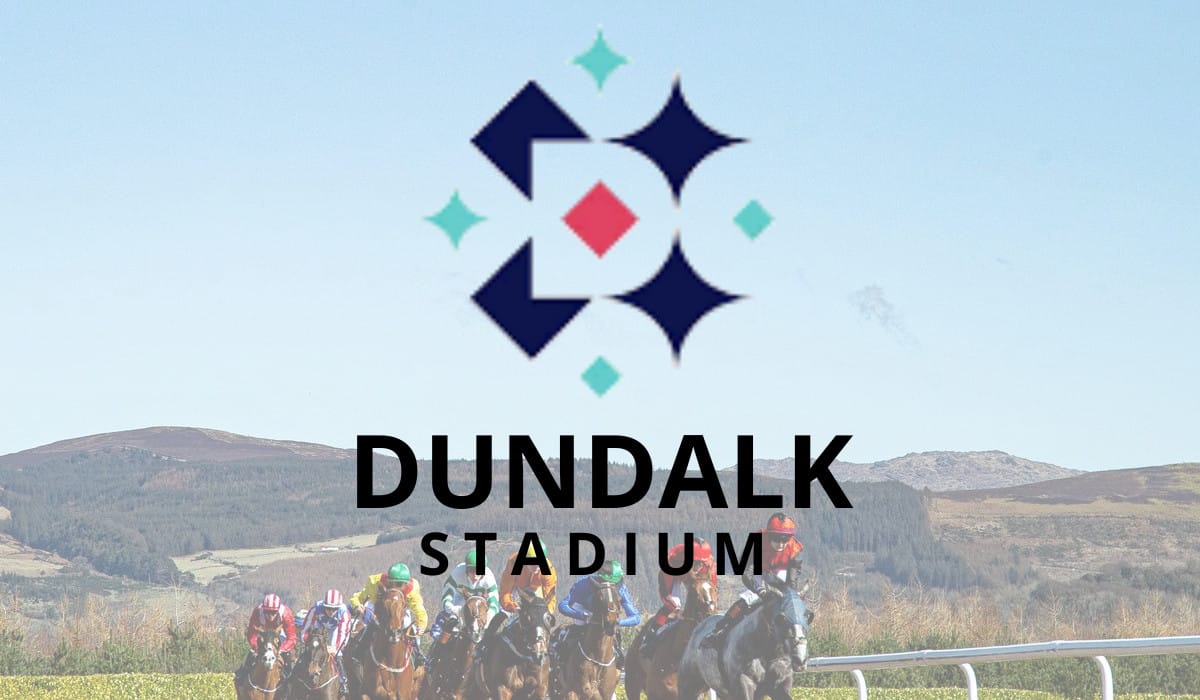Many shrewd horse racing punters research whether there is a draw bias at Dundalk Racecourse.
The horse racing draws are perhaps the most overlooked factor in horse racing statistics in April 2024.
The Dundalk draw bias refers to whether or not a racehorse running at Dundalk has an advantage or disadvantage following the stall they have been drawn in.
Our horse racing tipsters can be influenced by the draw of the horse when selecting their best chances of a winner at Dundalk Races.
In our Dundalk Draw Guide, we will explain everything you need to know about the stalls and potential draw advantages for horses running at Dundalk today.
Is there a draw bias at Dundalk Racecourse?
In terms of a draw bias at Dundalk racecourse, there does seem to be a slight bias favouring low drawn horses over 5 furlongs at Dundalk.
show that horses drawn low have only a slightly better chance of winning compared to those drawn low.
For the 6 furlong races at Dundalk, there is a slight bias towards horses drawn low. The bend at Dundalk is tight and comes up quickly, which can be a disadvantage for horses drawn on the outside.
As a result, horses drawn low have a slightly better chance of taking the lead and gaining an advantage around the bend.
However, the bias is not significant, and horses drawn high still have a good chance of winning, especially if they are able to break well and take a good position early on.
Overall, while there may be some slight draw biases at Dundalk, they are not as significant as they are at other courses, and horses drawn in any position still have a good chance of winning.
What is the Draw Bias at Dundalk 5 Furlongs?
When it comes to the 5 furlongs course at Dundalk, it’s quite clear that being drawn low is a significant advantage.
The course is designed around a tight left-handed bend, and as a result, the winners are mostly split between the lower and upper halves.
However, the lower half tends to have an edge, with roughly two-thirds of the winners coming from that side.
Overall, the 5 furlongs course at Dundalk exhibits a bias towards horses drawn low, which is not surprising given the tight nature of the track.
Therefore, jockeys and trainers need to take this into account when formulating their race strategy and selecting horses for this distance.
What is the Draw Bias at Dundalk 6 Furlongs?
The 6 furlong course at Dundalk seems to have a similar draw bias as the 5 furlong course. The bend is still tight and it is still advantageous to be drawn low.
In fact, the winners at 6 furlongs are split roughly two-thirds in the lower half and one-third in the upper half.
The draw bias at Dundalk’s 6 furlongs is consistent with the bias found at the 5 furlong course.
The tight left-handed bend is likely the reason for the bias towards low drawn horses.
It is important for jockeys to consider the draw when racing at Dundalk’s 6 furlongs in order to take advantage of the bias and give themselves the best chance of winning.
What is the Draw Bias at Dundalk 7 Furlongs?
The 7-furlong course at Dundalk offers a good opportunity for horses to take a preferred position before the bend due to the long run from the stalls to the bend.
As a result, there is only a very small bias towards low drawn runners over this distance.
Horses have a chance to secure a good position without being forced to go wide.
This suggests that the draw is less important over 7 furlongs at Dundalk compared to the shorter distances.
It’s worth noting that there have been instances where high drawn runners have performed well over 7 furlongs at Dundalk.
Therefore, it’s important to consider factors such as form, jockey, and pace when placing bets.
What is the Draw Bias at Dundalk 1 Mile?
When it comes to the draw bias at Dundalk over a mile, it seems that being drawn lower may provide a slight advantage.
This conclusion is based on a substantial sample size, and although the advantage is not significant, it is worth considering when assessing the potential outcomes of a race.
Interestingly, the outside stall has performed relatively well at Dundalk over a mile, which may suggest that a wider draw offers more opportunities for manoeuvring and reduces the risk of getting boxed in.
Does The Stall Draw Affect Chances Of Winning In Flat Races at Dundalk?
The chances of a horse winning can hugely be affected by the stall number at Dundalk Races.
The best horse racing tipping services will adjust their judgements of horses with the best chances after the stall numbers are released in the Dundalk racecards.
Here is some important information on the tips, results and runners for horses running at Dundalk.
Dundalk Pace Bias Statistics
Dundalk seems to favour front runners at 5f, 6f, and 7f on the flat, as backing them blindly would result in profitability.
Other running styles such as prominent, mid division and held up significantly underperform compared to front runners.
All metrics suggest that a patient ride over shorter distances at Dundalk puts the horse at a disadvantage.
For distances over 1 mile, there is still a front-running pace bias, but it is weaker than over 7f or shorter.
However, the pace bias seems to be stronger over the extended 10f than the one-mile trip.
It is important to note that while pace bias is present, other factors such as the horse’s form, jockey, and track condition should also be considered when betting at Dundalk.
Summary
The data and stats are updated in real-time from our Dundalk Horse Racing Results for the information shared on the draw bias.
With the draw bias mainly affecting the sprint races then punters are quickly on the lookout for the big ante posts races, as the draws are released.
Ground conditions, weather, and handicapping blots can affect the draw bias statistics. So at times, it is strongly advised to check the earlier races of the day to see if the draw bias on the current ground has changed.
Related Draw Bias Posts
Find all the draw bias information articles.
- Ascot Draw Bias
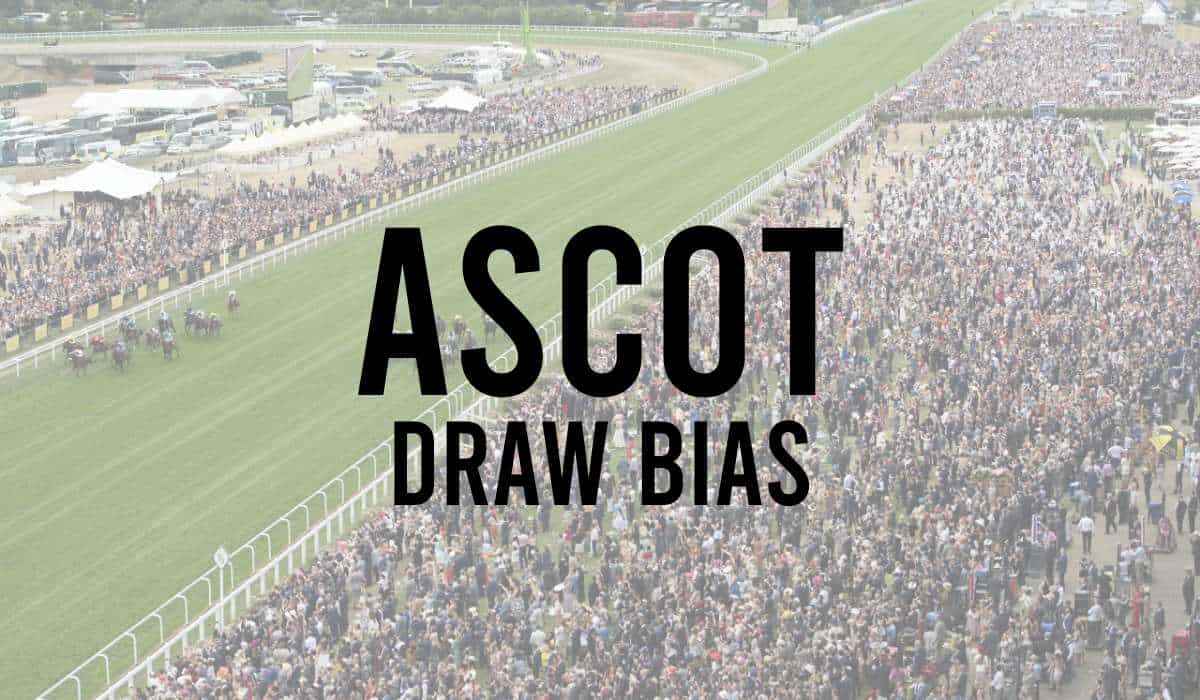
- Bath Draw Bias
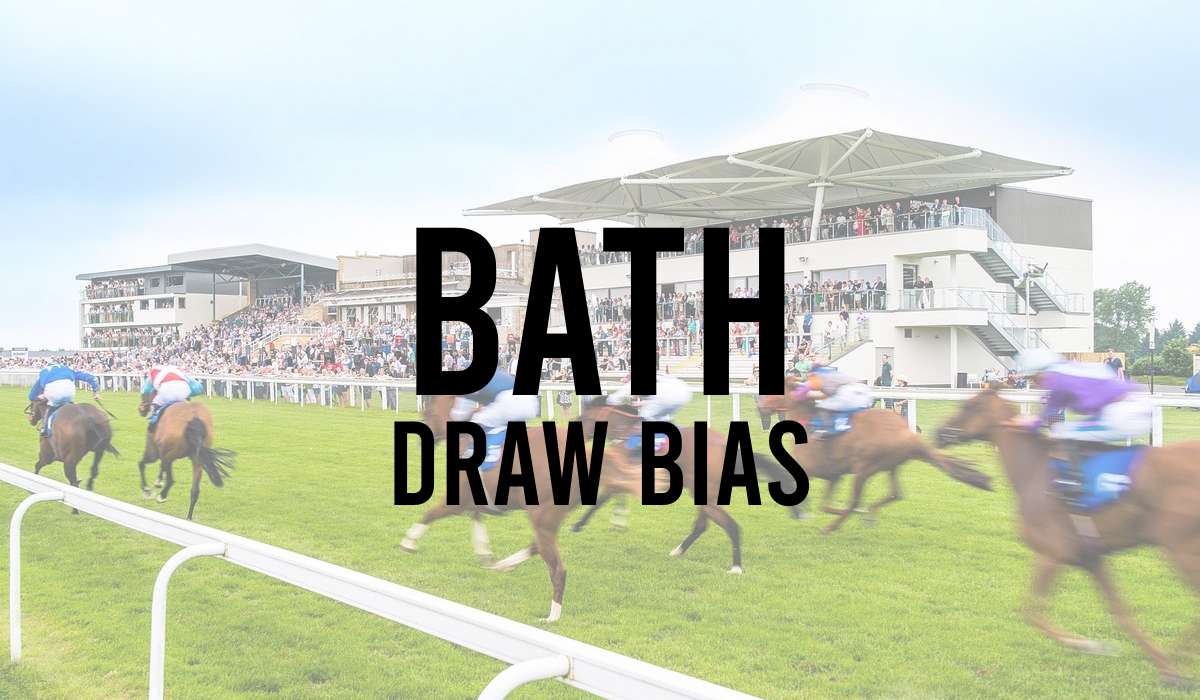
- Beverley Draw Bias
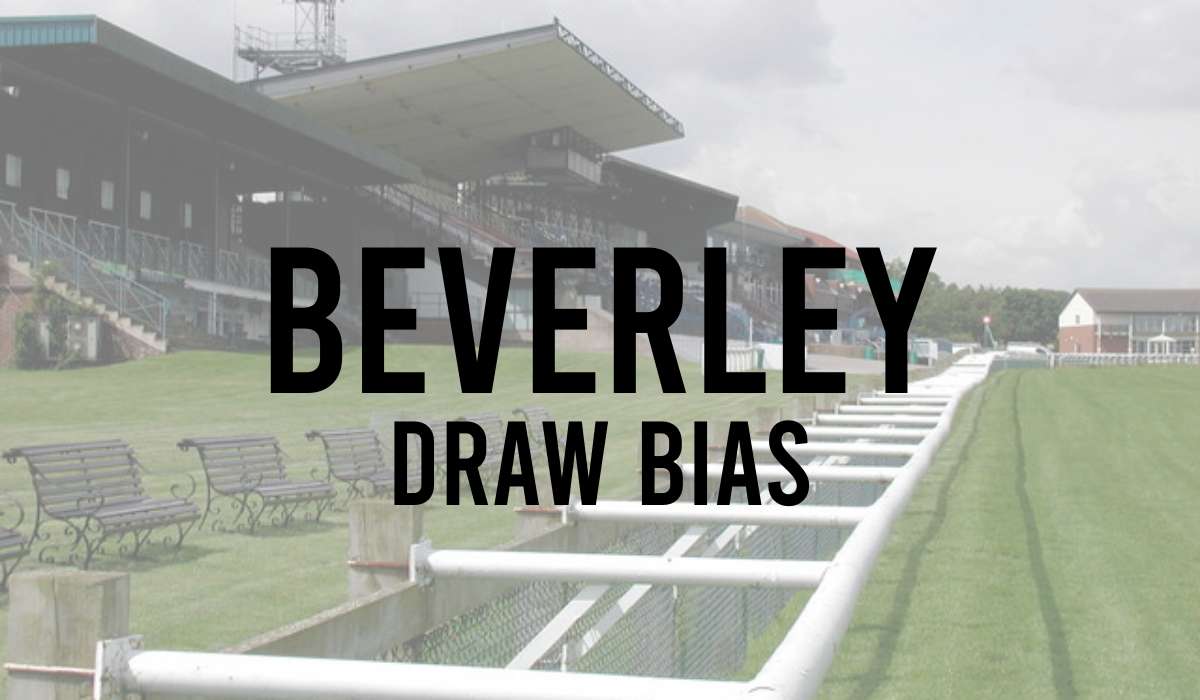
- Brighton Draw Bias
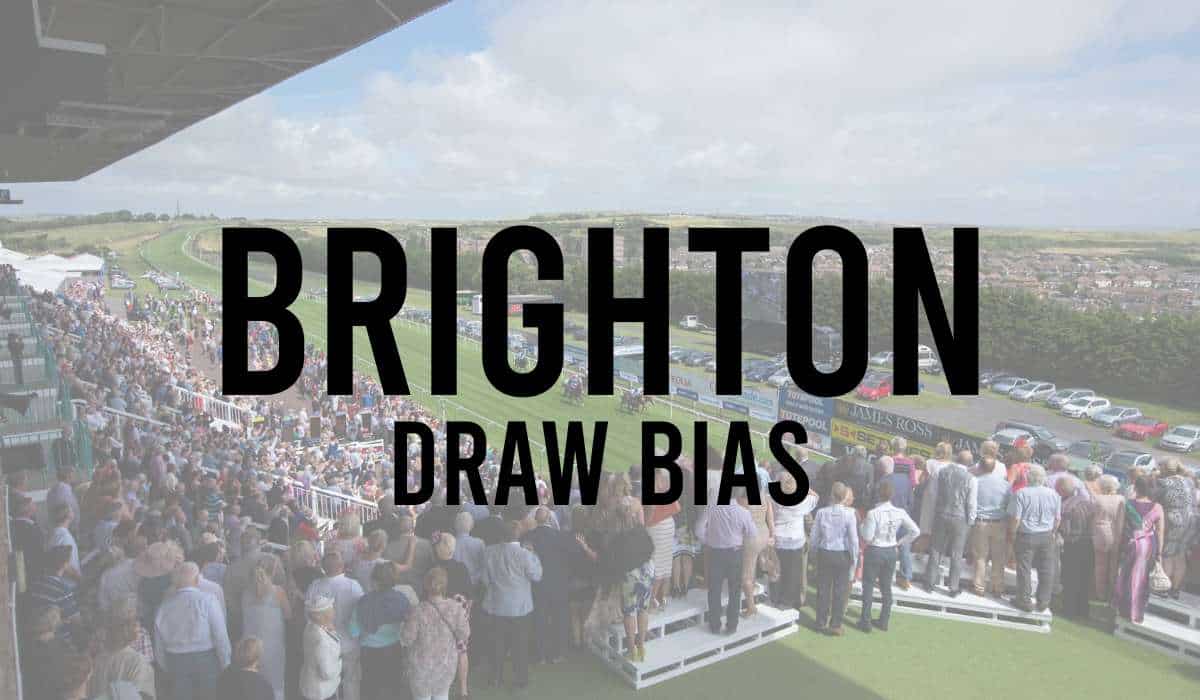
- Catterick Draw Bias

- Chelmsford Draw Bias
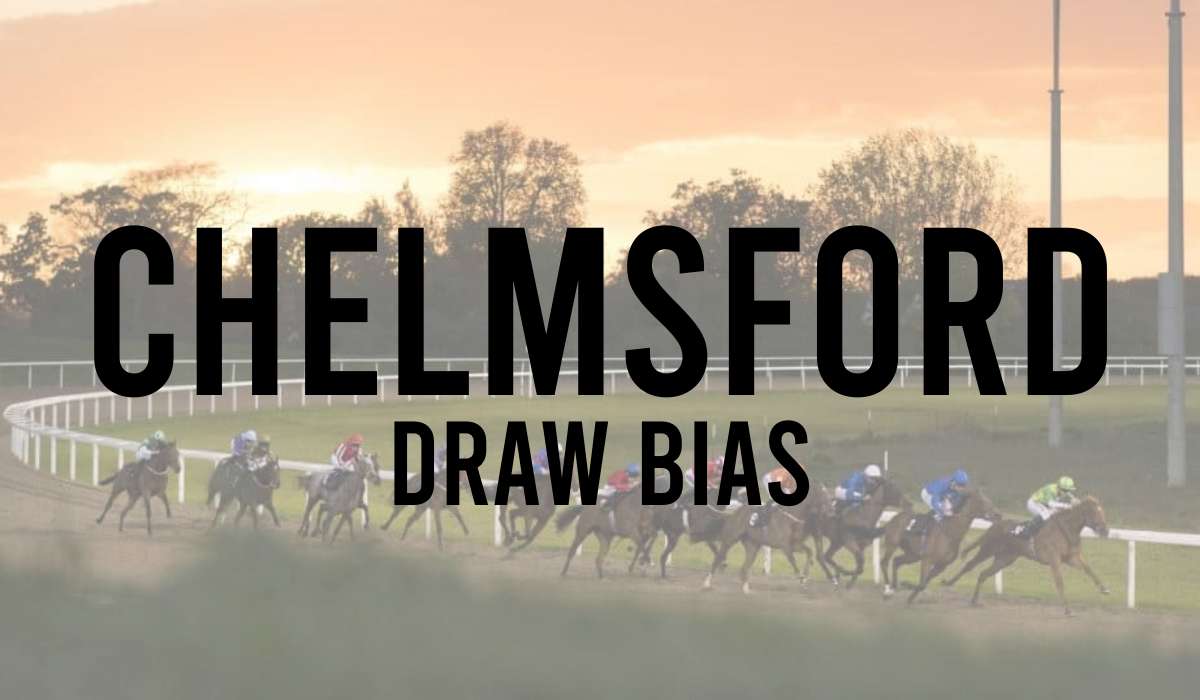
- Chester Draw Bias
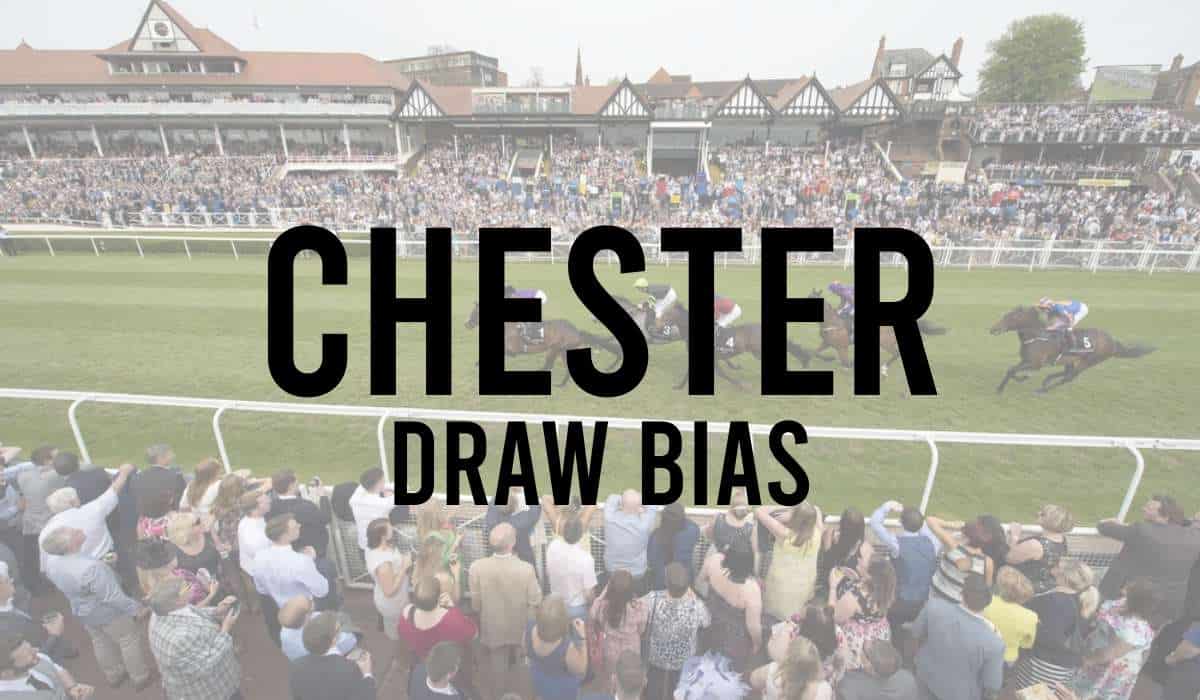
- Cork Draw Bias
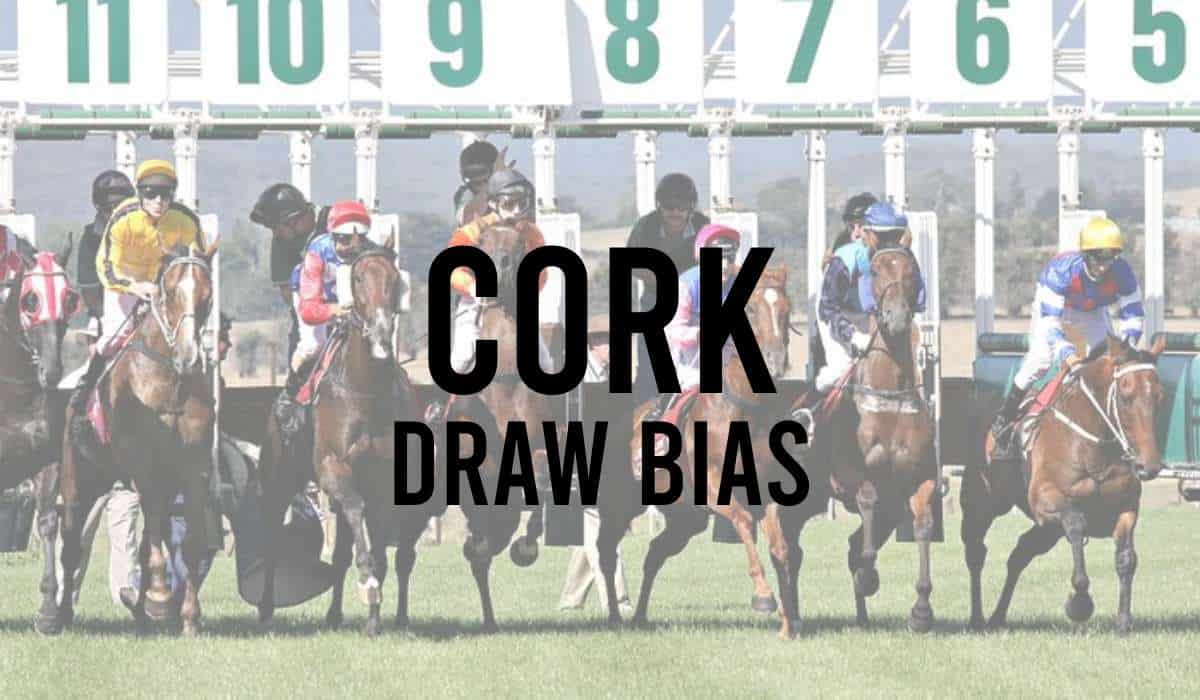
- Doncaster Draw Bias
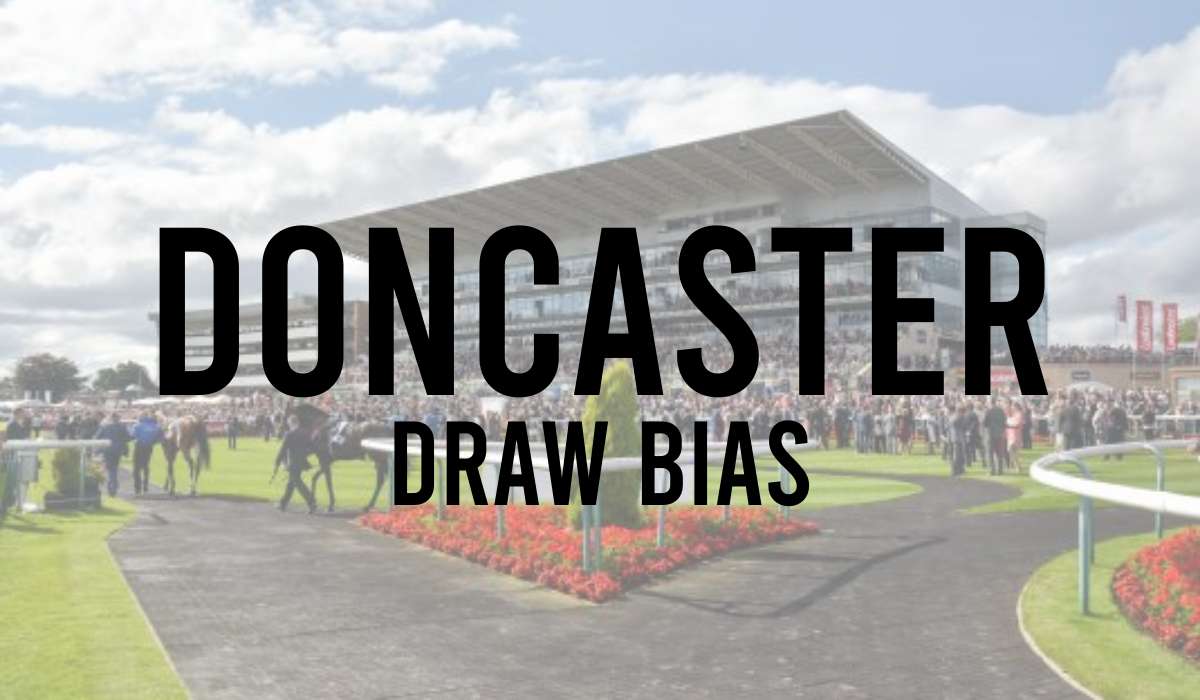
- Dundalk Draw Bias
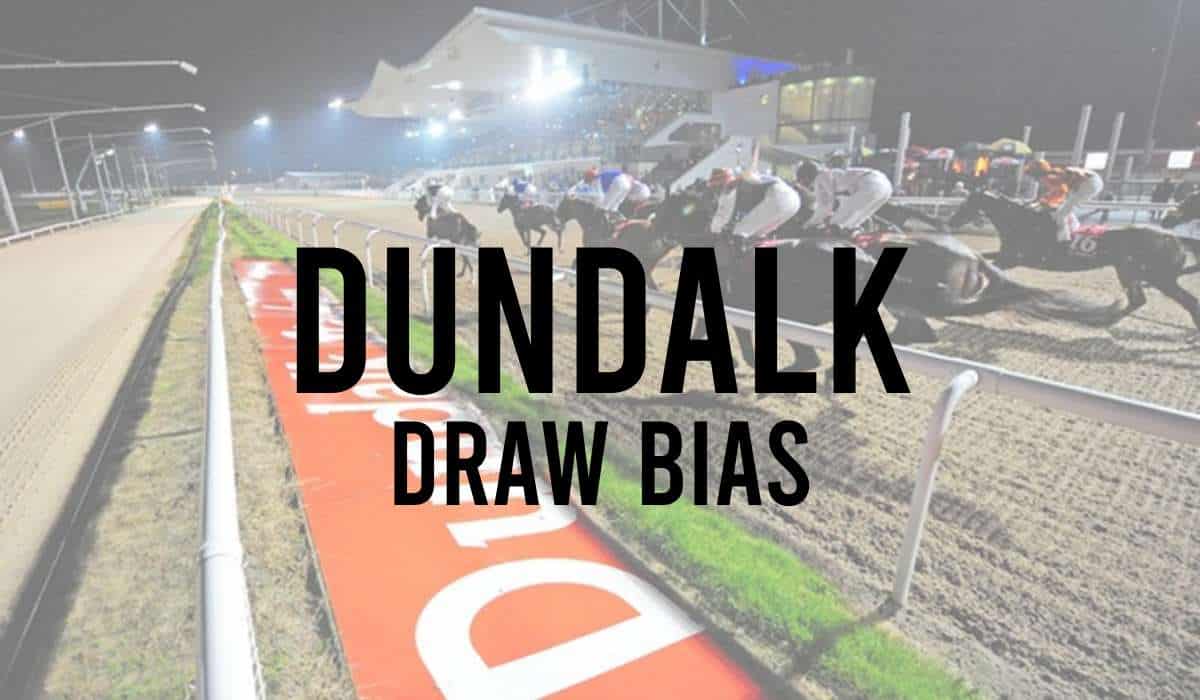
- Epsom Racecourse Draw Bias
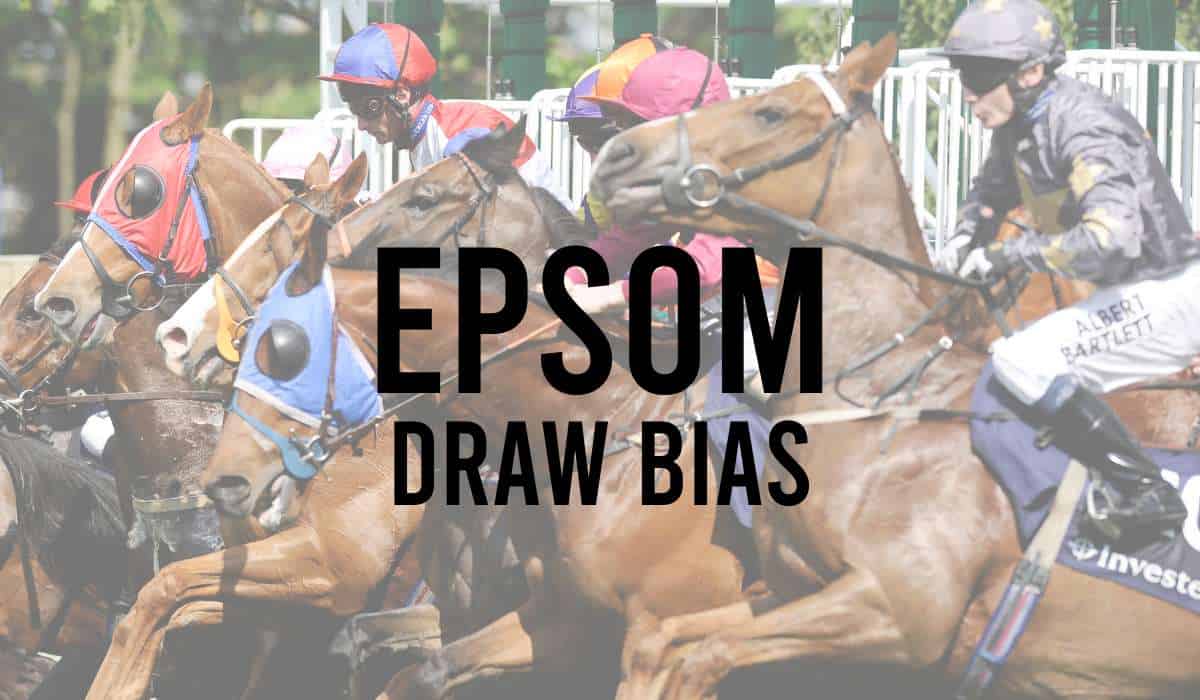
- Goodwood Draw Bias
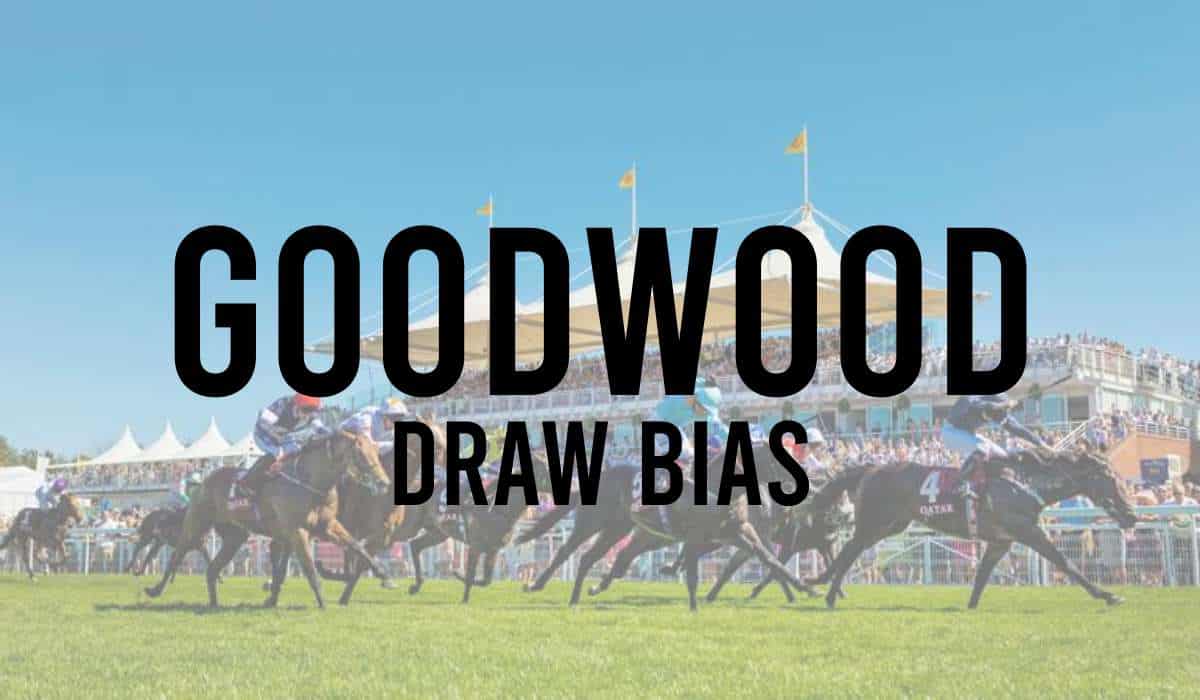
- Hamilton Draw Bias
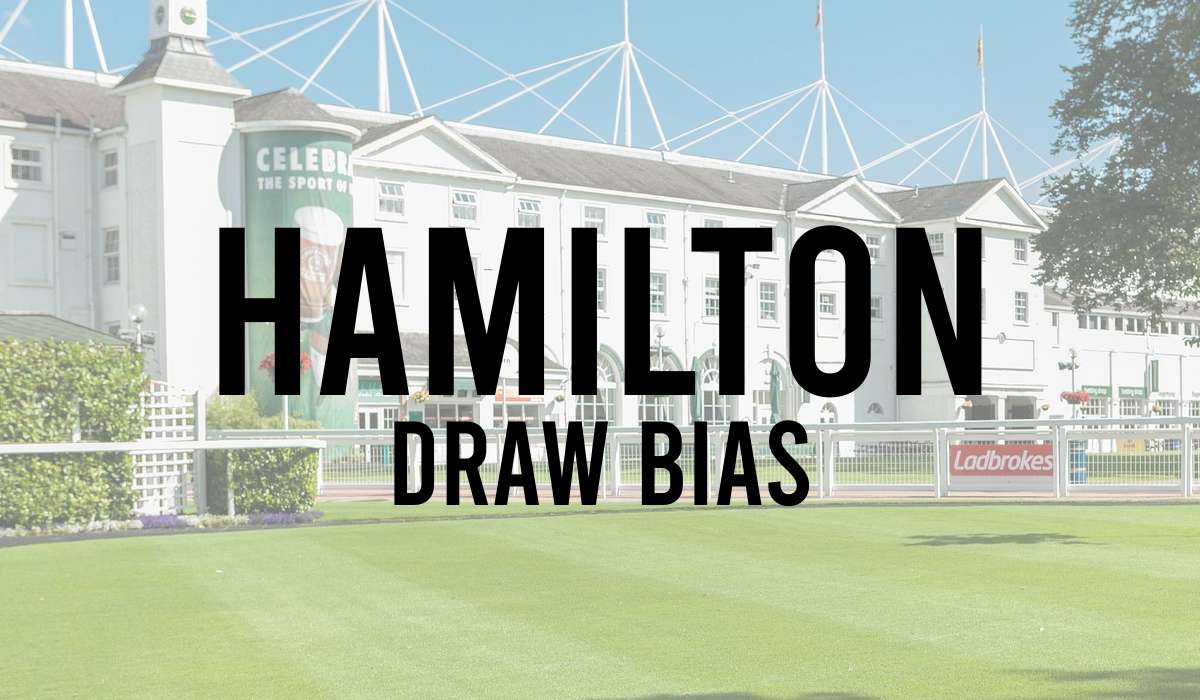
- Haydock Draw Bias
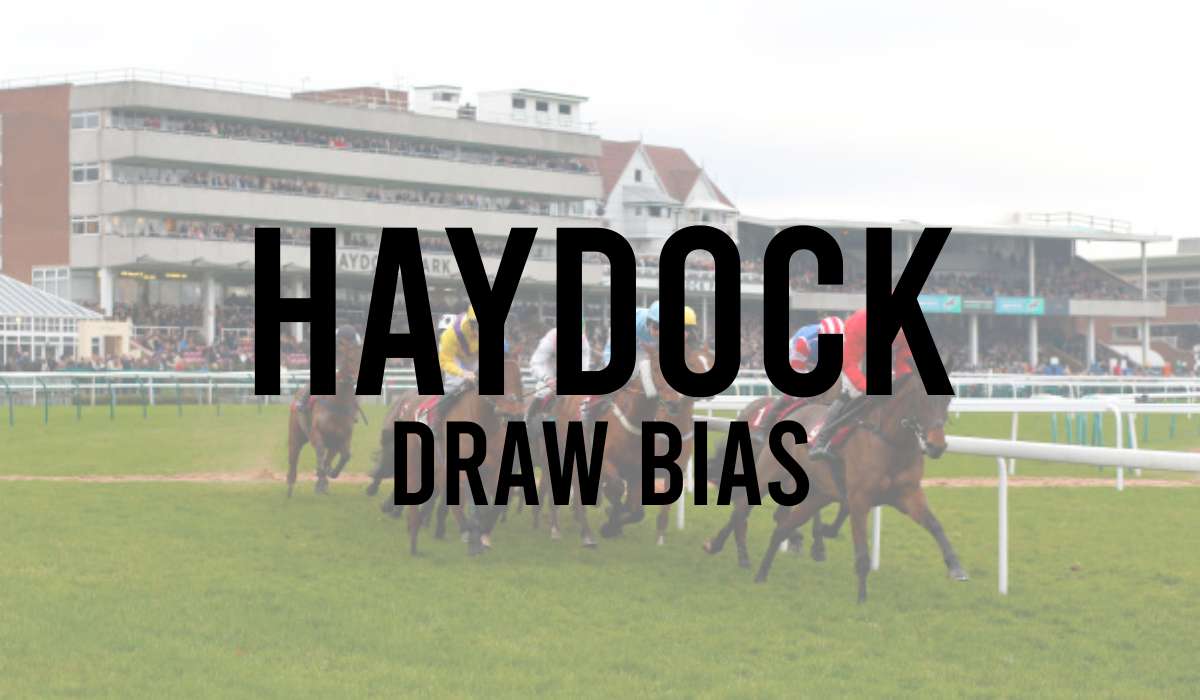
- Horse Racing Draw
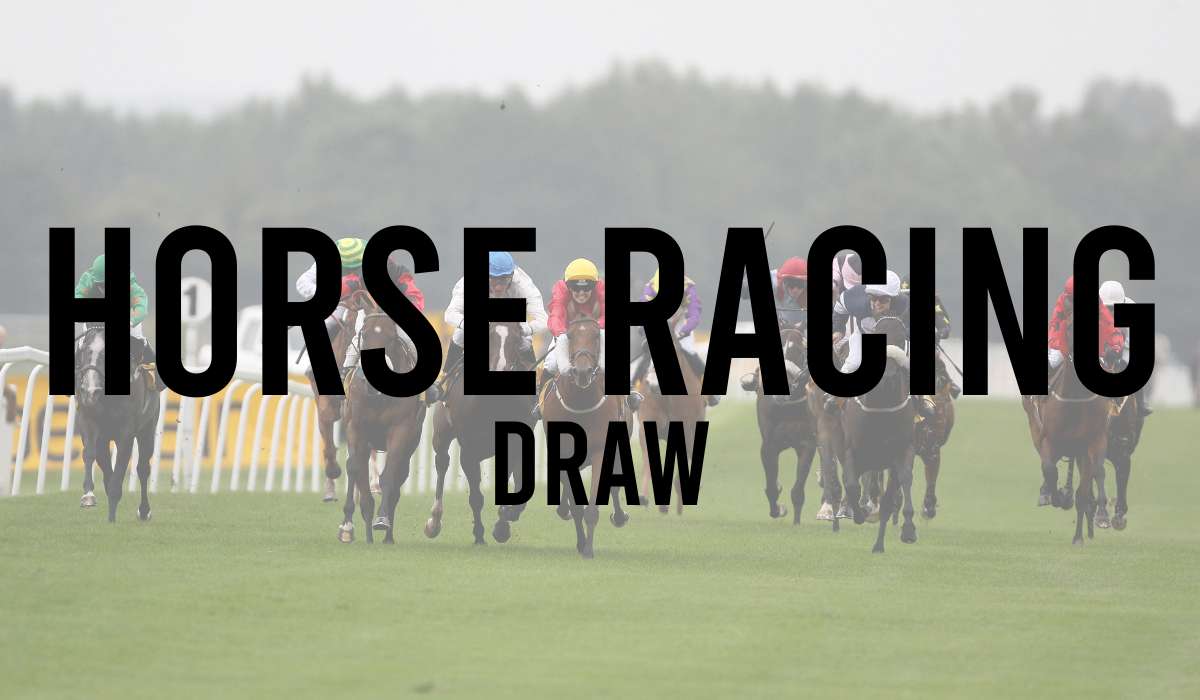
- Kempton Draw Bias
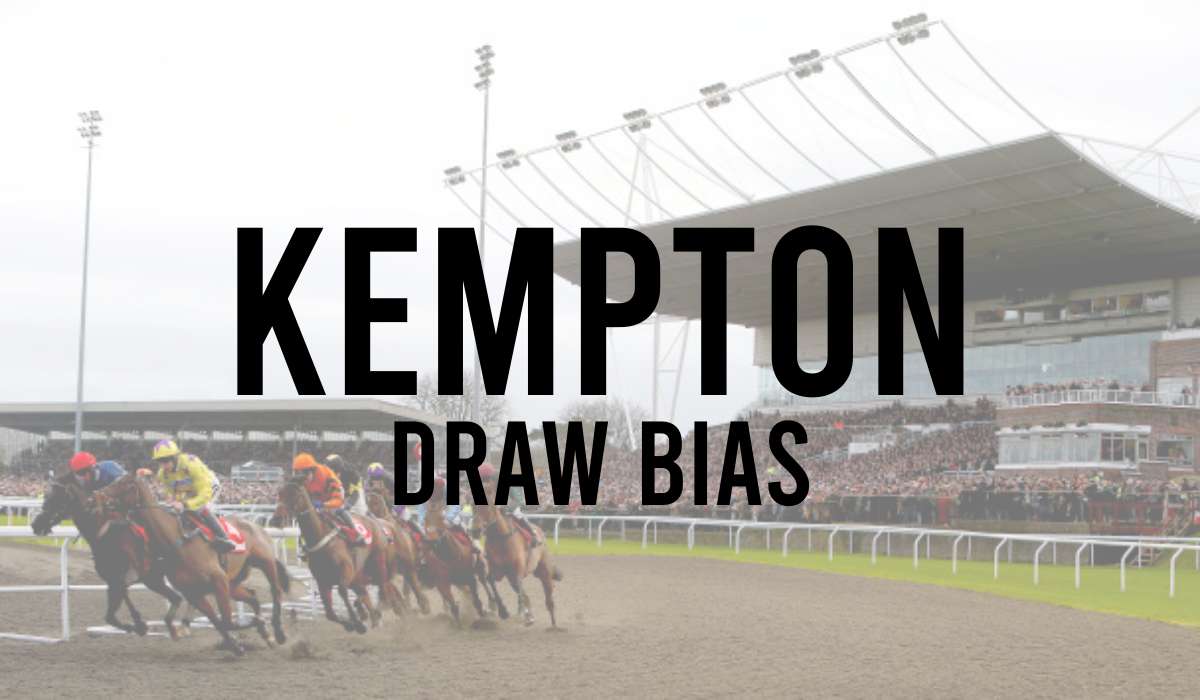
- Lingfield Draw Bias
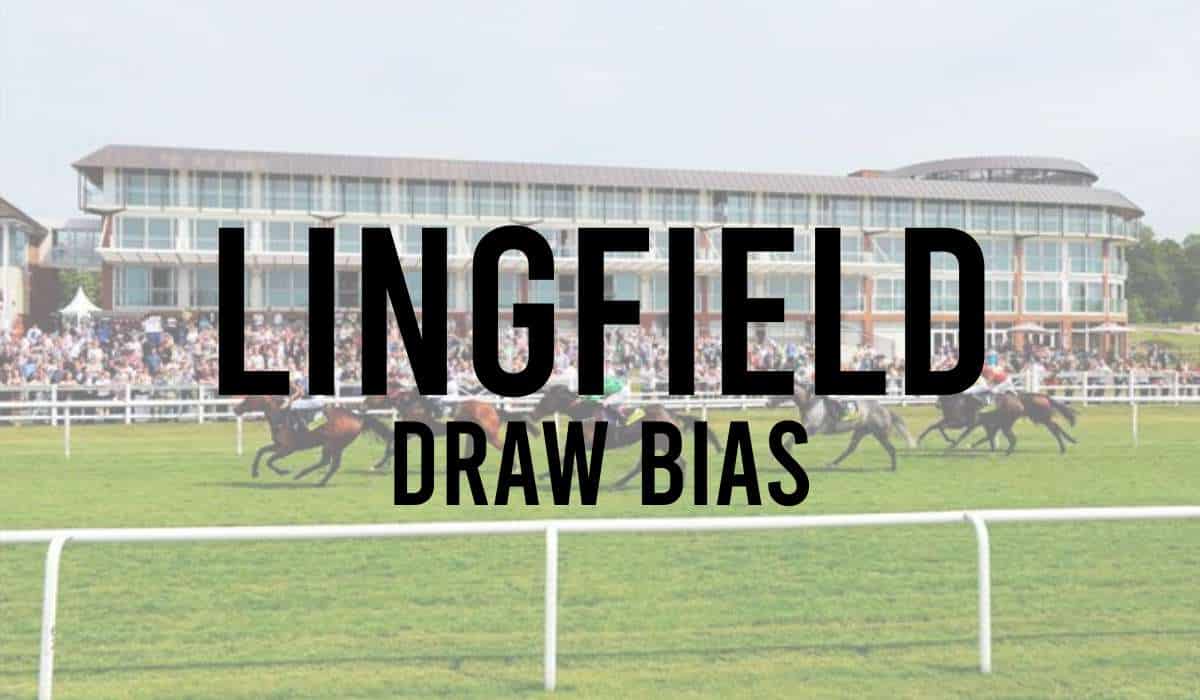
- Musselburgh Draw Bias
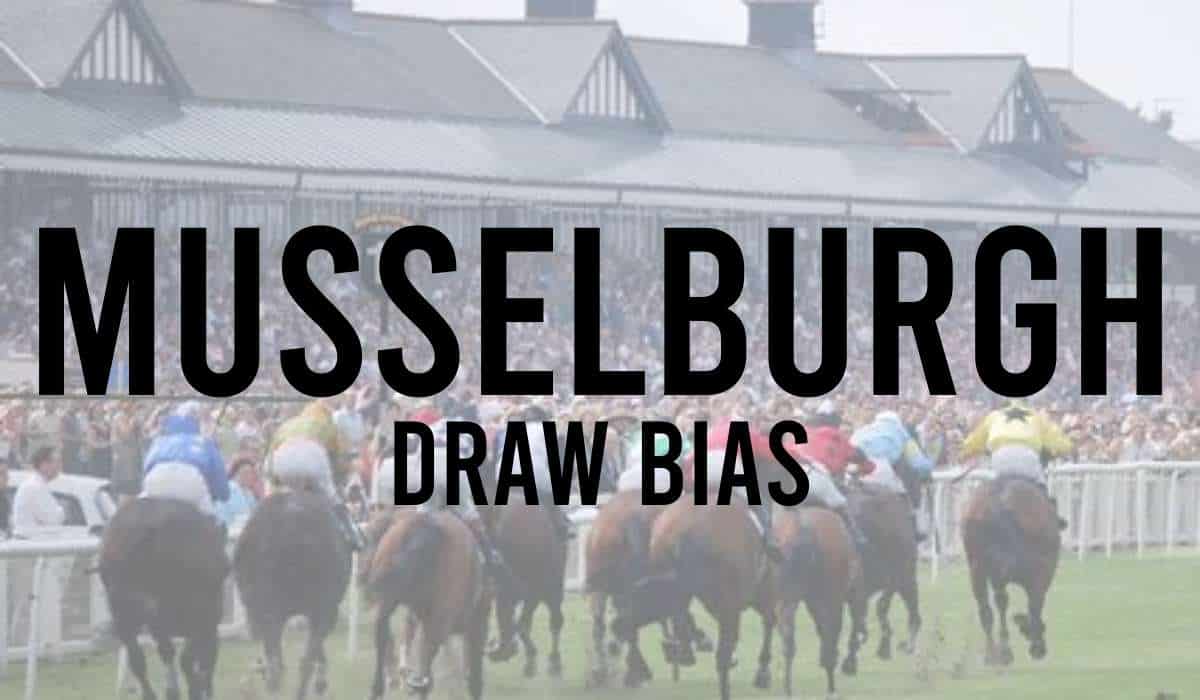
- Newbury Draw Bias
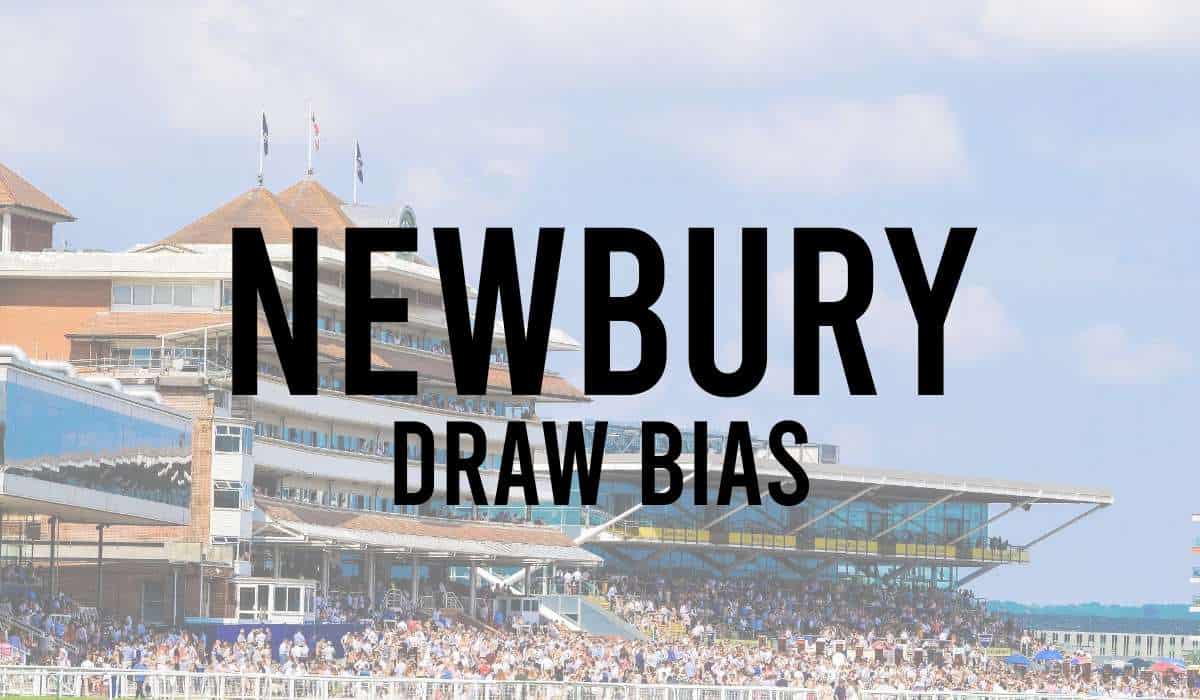
- Newcastle Draw Bias
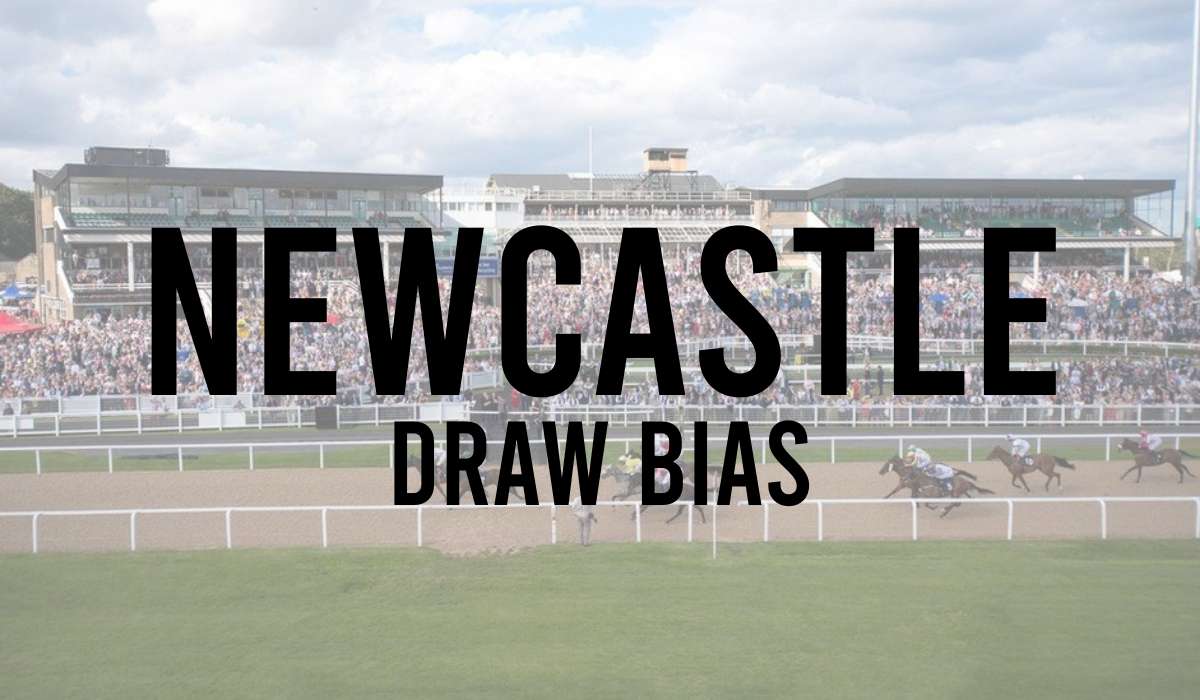
- Newmarket July Course Draw Bias
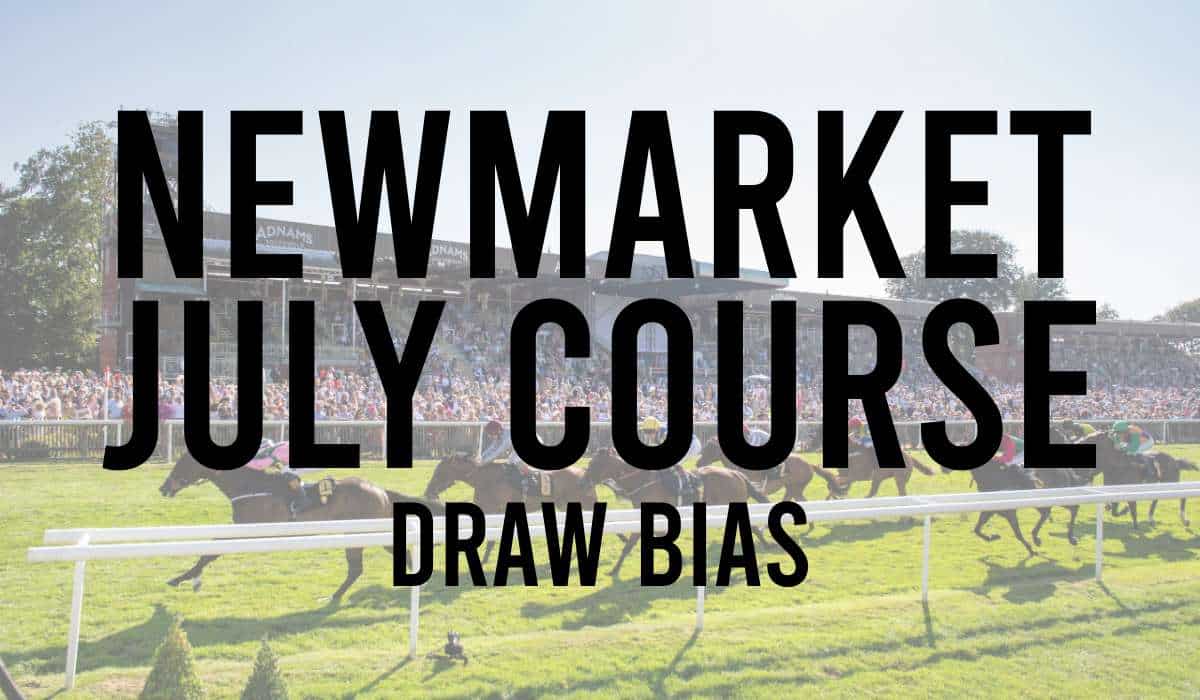
- Newmarket Rowley Mile Draw Bias
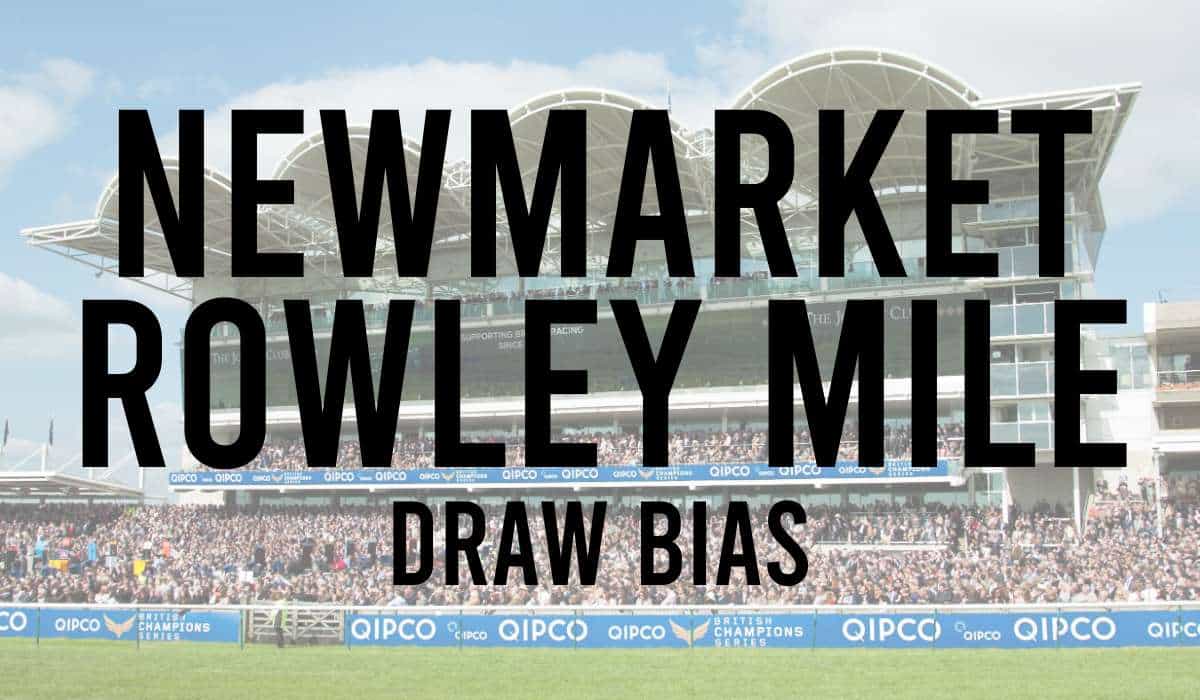
- Nottingham Draw Bias
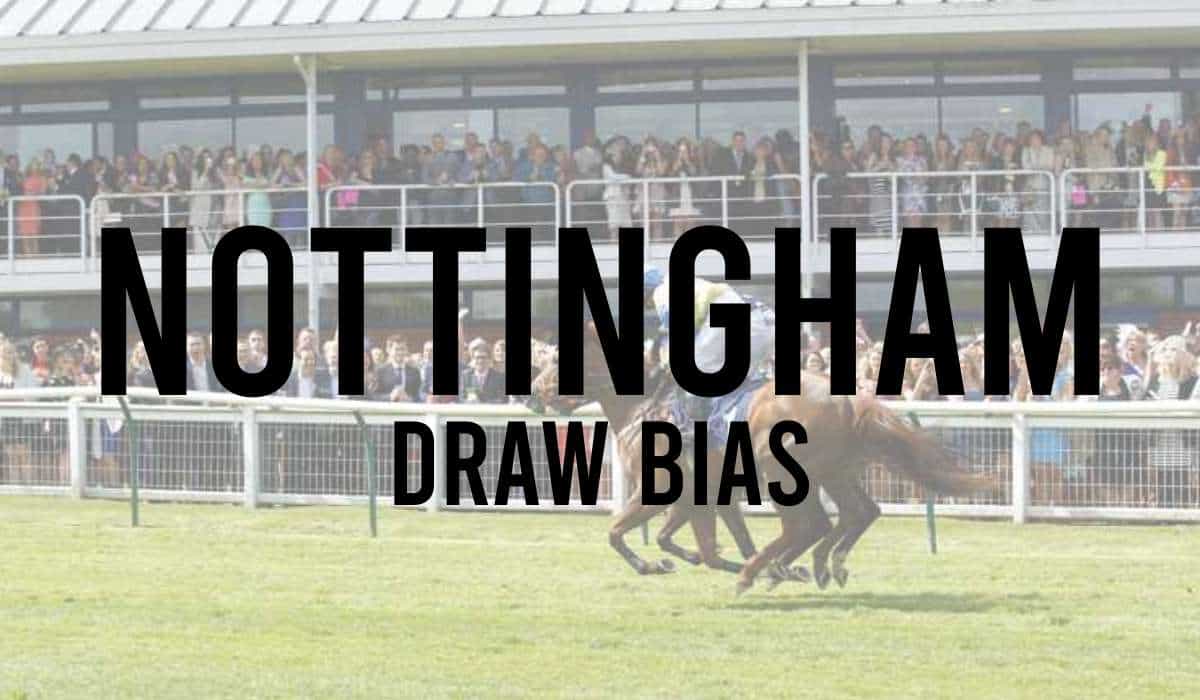
- Pontefract Draw Bias
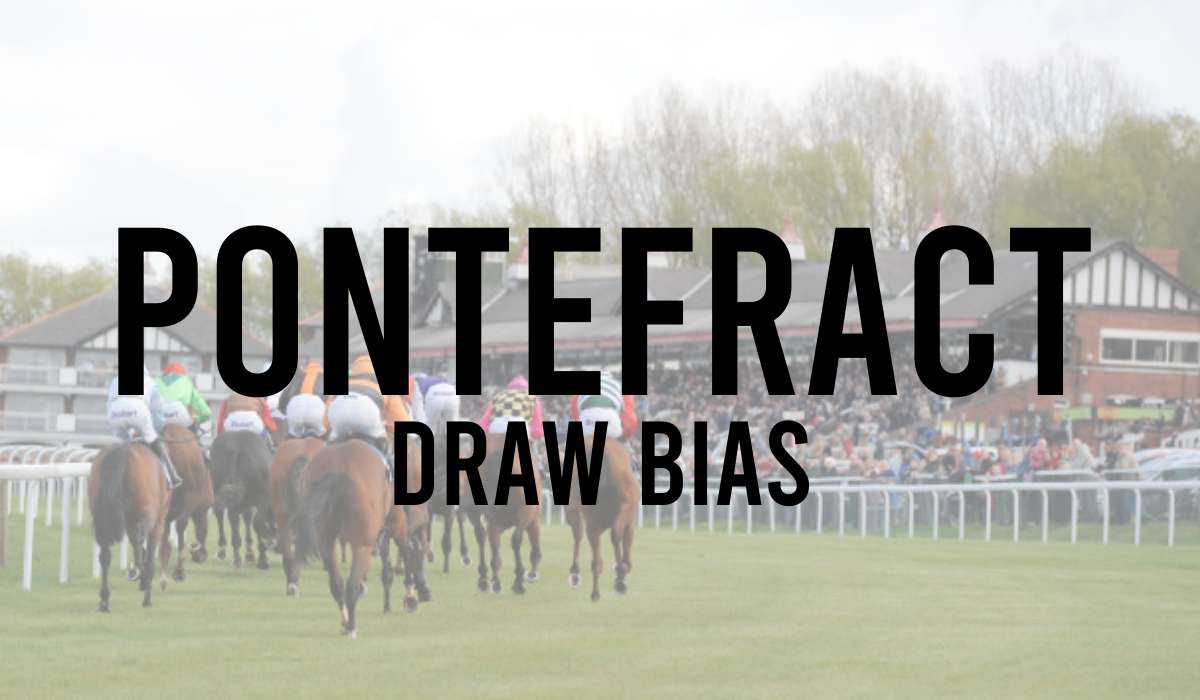
- Redcar Draw Bias
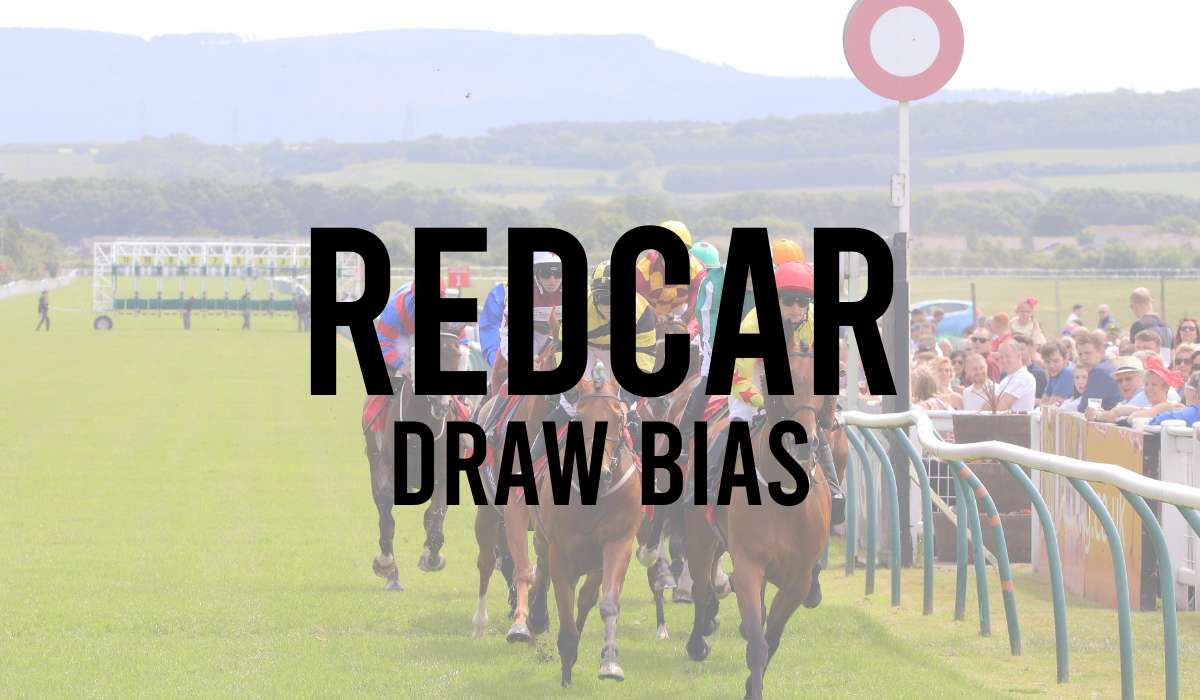
- Ripon Draw Bias

- Salisbury Draw Bias
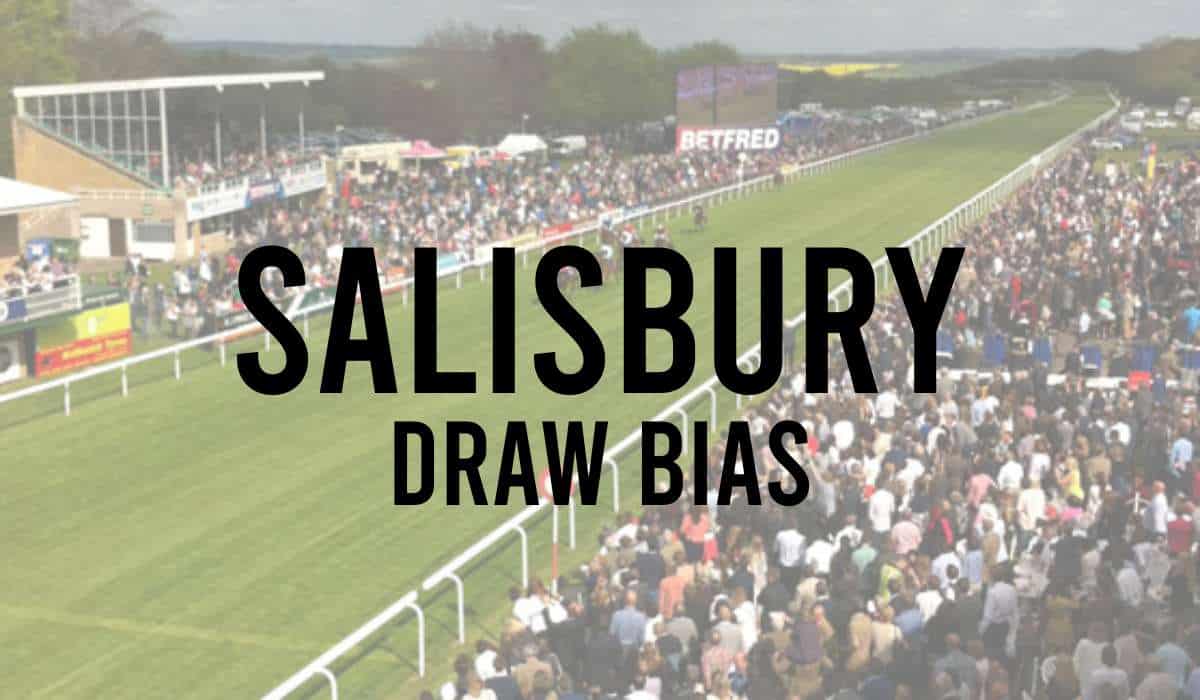
- Sandown Draw Bias
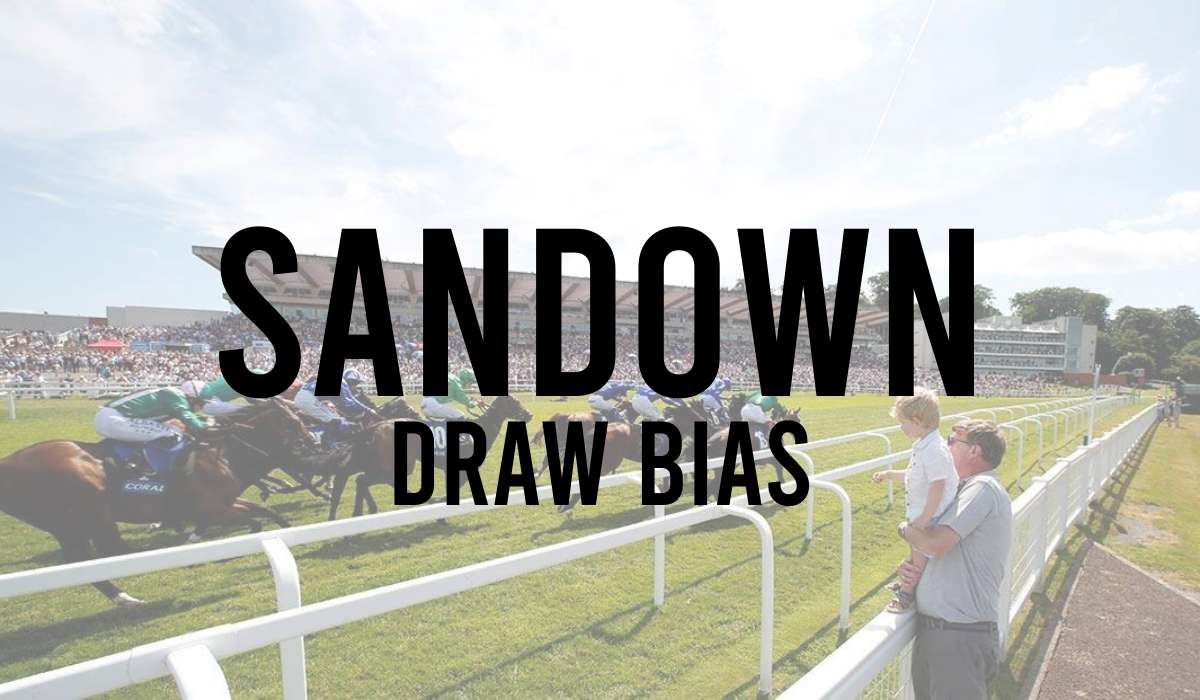
- Sligo Draw Bias
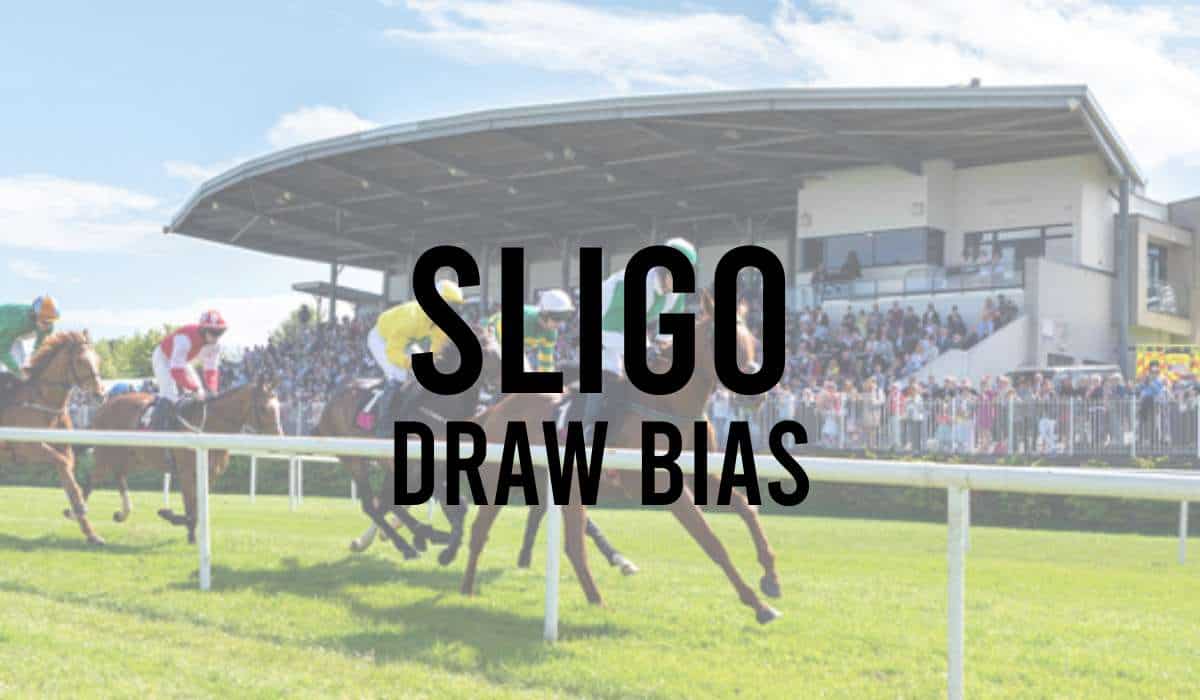
- Thirsk Draw Bias
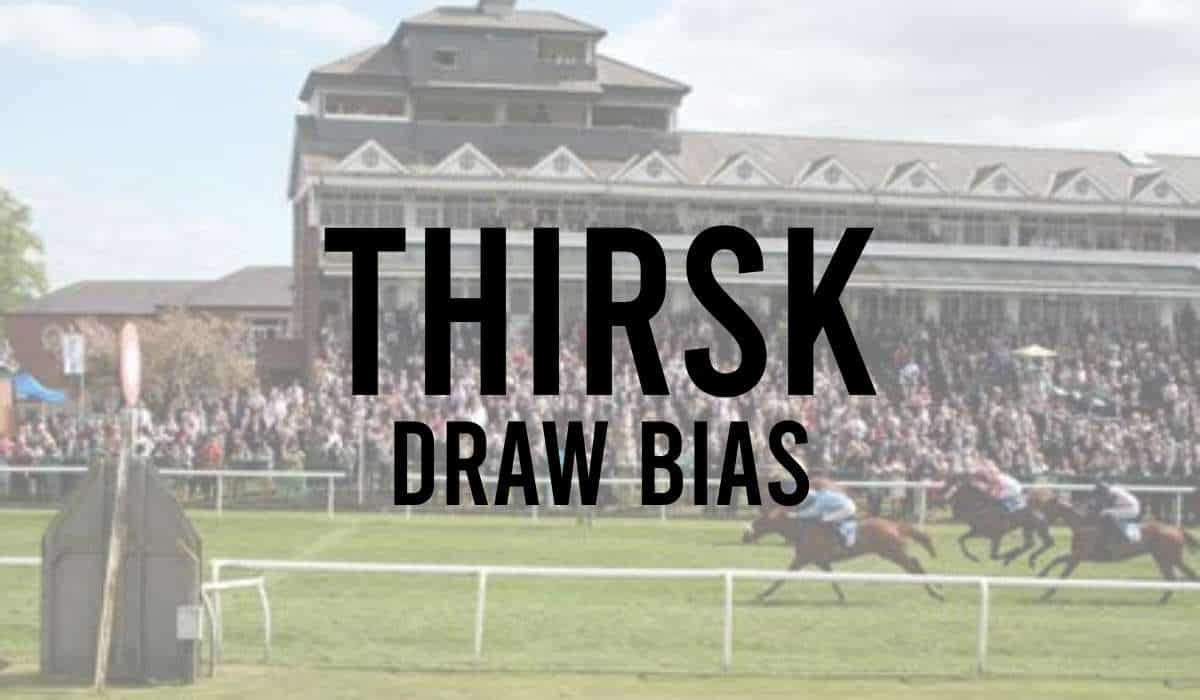
- Windsor Draw Bias
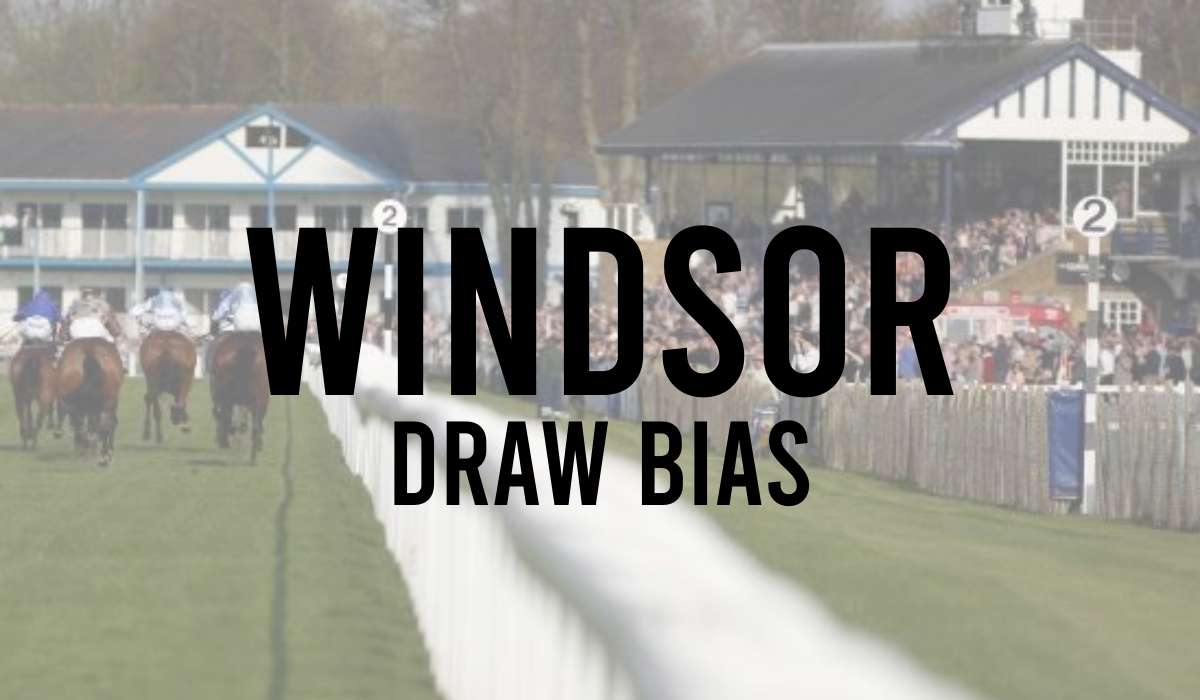
- Wolverhampton Draw Bias
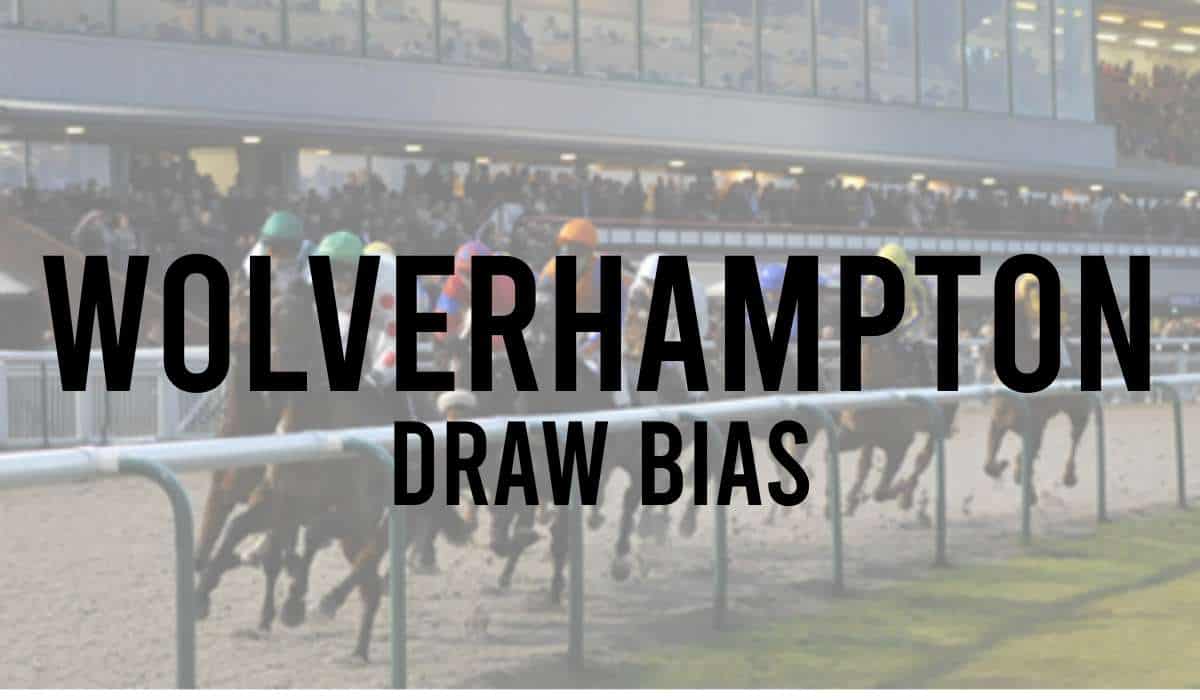
- York Draw Bias
